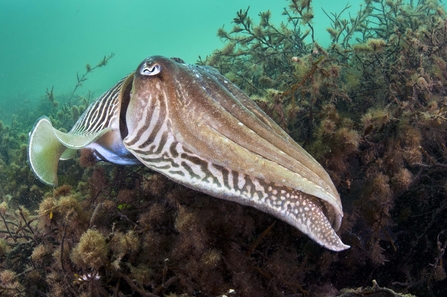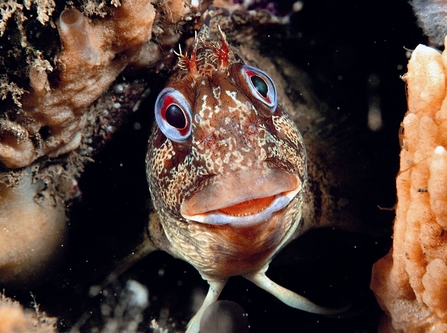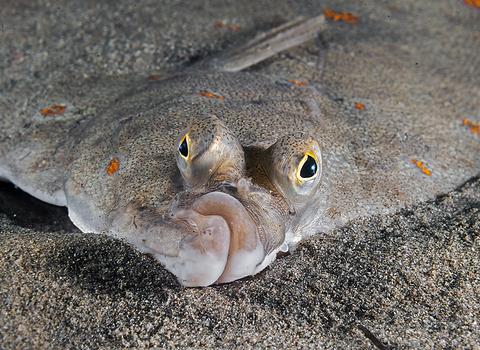Beachy Head East recommended Marine Conservation Zone (rMCZ), on the Sussex Coast, is a real mosaic of the habitats that characterise the seas off the South East of England.
Hugging the shore, the proposed MCZ would protect the rich rockpools found here. Past surveys by Sussex Wildlife Trust staff and volunteers have found colourful nudibranchs (sea slugs), weird bootlace worms and even a cuttlefish hiding here. The site is so rich in seaweed that it is considered one of Plantlife’s Important Plant Areas!




